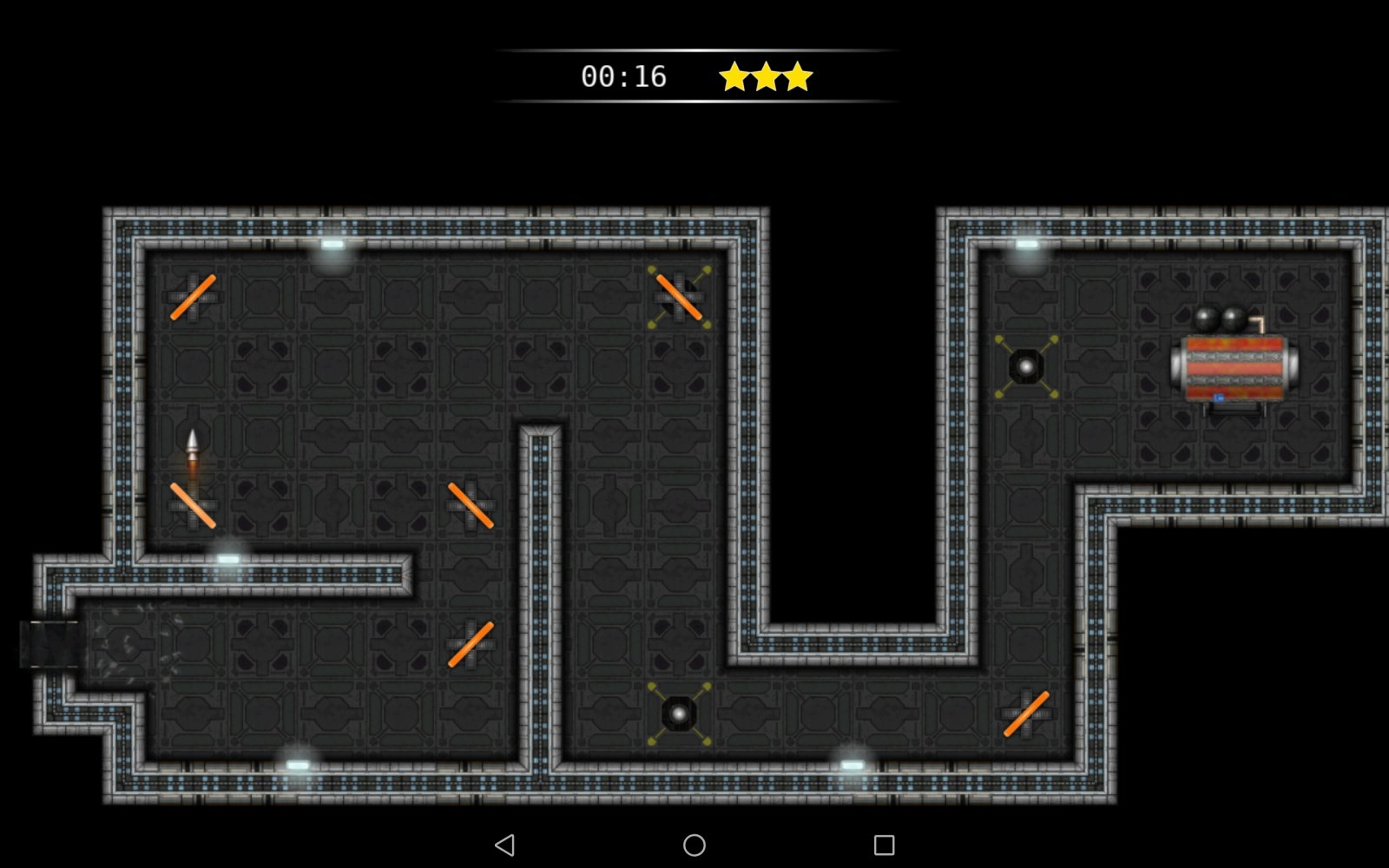Reflex – Dev Diary 4
Reflex development is going extremely well. Tons of new stuff has been added and tweaked in the game and I’m at the stage now where I can start fleshing out levels.
Each level in the new Reflex can now consist of multiple stages. So, there are some levels that contain an exit marker that requires the play to get the missile to leave the map. The game then continues on the next map without stopping and without an inventory refresh for the player. This means I can add in some difficult situations where the player needs to collect as many of the already placed reflectors as possible to ensure that they are available for whatever is in the next part of the level.
I’ve also added in a new floor socket type (the floor tile the player can click to add a reflector), this new one with red accents allows the player to add a reflector but once it’s in place it cannot be removed or replaced. The player will need to be very careful.
The world and level selects have a bit of motion on them now. The stars in the background will very gradually pan across the screen (windows only).
The first world has been replaced with a training space station. This allows the game to add in the basics without having to have the unknown enemies bases being unusually simplistic.
Level ranking is all done, at least as I need it now. Each level can be assigned 3 ranks which are time based. So you are awarded 3 stars for completing the level in the fastest time possible. With the levels that split across multiple stages the timer continues across them all!
As the game is going to be released on Windows and Android I wanted to start making sure things were going to work on my Android tablet. This involved migrating the mouse dragging code to use a more specific device input code that allows both mouse and touch gestures.
The good news is that the game is fully playable on my Android tablet, although I had to make a few adjustments to ensure the performance was correct. The lighting engine has to be turned off for mobile devices because it’s just too resource heavy – fortunately the game still looks great. I also have to drop the actual screen resolution from 1920×1080 to 1280×720, this is actually for 2 reasons. On small screens the graphics could be a little too small so the resolution drop allows the game to zoom in closer to the action; the other reason is again related to performance but with the lighting engine off this isn’t really necessary.

Once the game is more complete I may return to the lighting and see what options I have available that won’t cause framerate issues on mobile devices.
